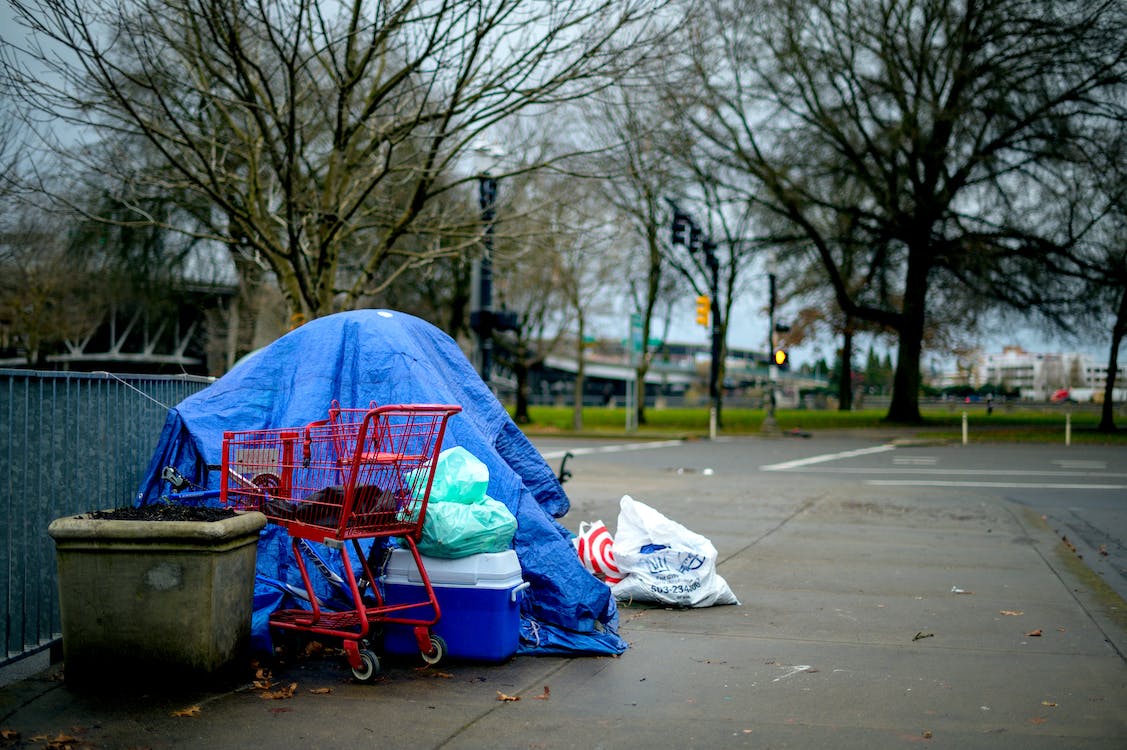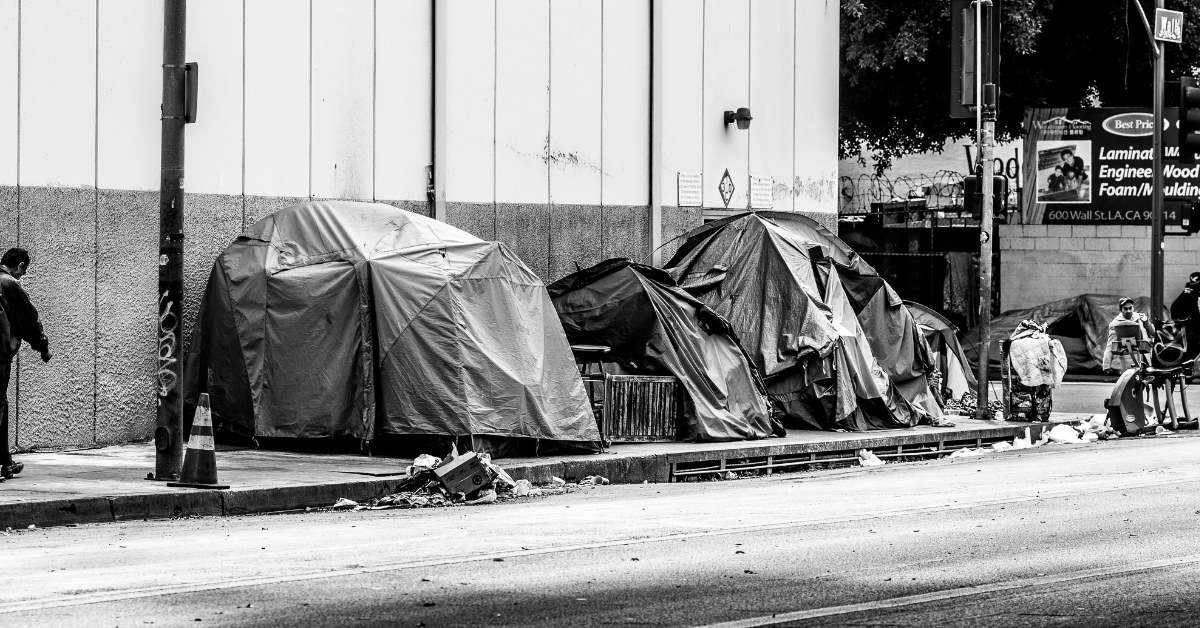In the past 20 to 25 years, there has been a growing shortage of affordable rental housing alongside an increase in poverty as a result of stagnant wages, eroding employment opportunities, and increased costs of living. The populations most significantly impacted by homelessness are single men, LGBTQ youth, black men, veterans, and those with mental health and substance problems.
The local affordable housing deficit continues to be a growing problem.
According to the 2021 Annual Point-in-Time Count, there were a total of 237 people without homes in York City, including 133 in emergency shelter, 86 in transitional living facilities, and 18 completely unsheltered. Of the York homeless population, 136 households have at least one child. Seventy-five of these households live in an emergency shelter, ten in transitional living, and 16 are unsheltered. Further, 38 are victims of domestic violence with 19 living in an emergency shelter and 19 in a transitional living facility.
The local affordable housing deficit continues to be a growing problem, disproportionately impacting extremely low income (ELI) and very low income (VLI) renters. In the York-Hanover region as of 2018, there is a -7,321 deficit of affordable and available rental units for ELI residents who make less than or equal to 30% of the region’s median family income (MFI) of $86,998. For VLI residents who make less than or equal to 50% of the region’s MFI, there is a -6,096 affordable rental housing deficit. In stark comparison, those making 80% or less of the region’s MFI have a 1,359 affordable rental housing surplus, meaning their monthly housing costs take up 30% or less of their annual income.
When the supply of housing does not meet the growing demand, the price will continue to increase. Housing is a necessary good, meaning it meets people’s enduring basic needs. People are going to purchase it regardless of price or changes in income. Without any price regulations from the government or private developers, housing costs continue to skyrocket, leaving many more without a home than just the visible few.
“We’re in a very precarious moment, where the cost of living is going up so quickly — through the price of gas and food and rent — that more people can’t afford a place to live anymore,” Meredith Greif, an assistant professor and houselessness researcher at Johns Hopkins University, said in a recent Washington Post interview. “Everywhere you turn, prices are rising, but wages aren’t keeping up.”
Stagnant or falling incomes alongside the highest rate of inflation seen in four decades puts people at a greater risk of becoming houseless. The mismatch of York City residents’ education level and available employment opportunities is another reason why people may be unable to find a job that pays enough to afford housing. Of all adult residents, 6,913 (21%) have less than a high school education and 13,442 (41%) only have a high school diploma. As York jobs continue to professionalize, residents without the required degree may either travel out of the city for employment or remain unemployed.
According to the 2020 American Community survey, the MFI in York City is less than half of the MFI in the entire York-Hanover metro area at $36,843. Further, York City’s median gross rent as of 2020 is $848, and the median monthly housing cost for homeowners is $1,078. As a result, almost half of all city renters and a third of all city homeowners are considered cost burdened with 35% or more of their income going toward monthly housing costs.
For York-Hanover residents as of 2018, the typical cost-burdened ELI household’s gross rent, including utilities, was $529 more than they could afford. The typical VLI household’s gross rent was $273 more than they could afford. Falling behind on rent could mean anything from resorting to illicit means to make up for this rent gap–such as prostitution or theft–to getting evicted and living without housing. In any case, not having the money to afford one of life’s most basic necessities puts anyone in a stressful and perhaps even dangerous situation.
To prevent people from experiencing repeated bouts of homelessness, the National Coalition for the Homeless recommends a widespread effort to ensure people can access living wages, public support, and access to healthcare, all of which contribute to housing stability. In the status quo, there is little incentive or momentum to regulate the predatory behavior of landlords which leaves people without a home. Without action, the number of homeless individuals and families will continue to increase, causing a growing population of those who have been failed by inadequate housing access.




